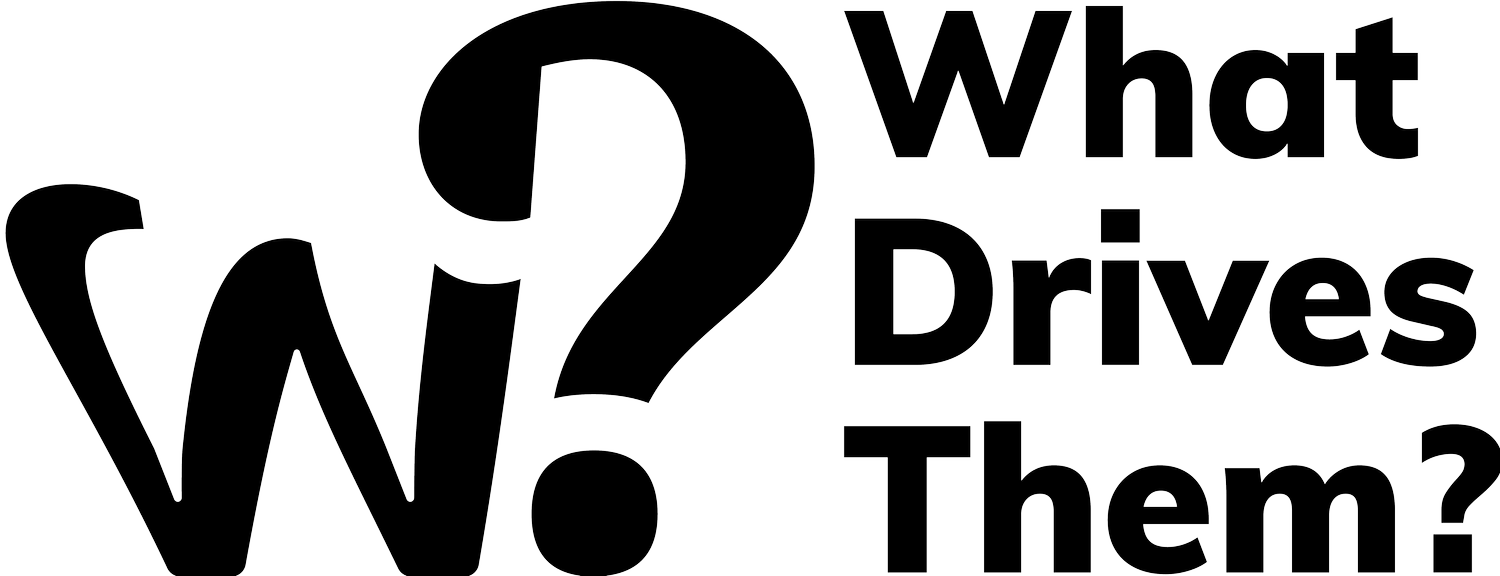The Art of Coding and Thematic Exploration in Qualitative Research (It’s not as hard as it looks!)
If you’ve ever wondered how researchers make sense of endless pages of interview transcripts or hours of observation notes, you’re in the right place. Today, we’re diving into the magical art of coding and thematic exploration. Grab a cup of tea, and let’s get started.
What’s All This Coding About, Then?
Coding in qualitative research isn’t about computers or secret messages. It’s about taking all that lovely, messy data you’ve collected and turning it into something meaningful. Think of it as organising your cluttered attic into a neat, labelled archive.
In the realm of qualitative research, coding is how we sort through data, identify patterns, and eventually make sense of it all. It’s a bit like finding the corner pieces of a jigsaw puzzle before working your way towards the centre.
The Nitty-Gritty of Coding
Now, let’s break it down a bit. Coding involves processes that allow collected data to be assembled, categorised, and thematically sorted. It provides a structured foundation for constructing meaning. While approaches to managing collected data differ, each method employs coding to organise it. Coding methods reveal themes embedded in the data, suggesting a direction for categorising data through which meaning can be negotiated, codified, and presented. It’s crucial in qualitative research, enabling data analysis and subsequent steps to serve the study's purpose.
Why Bother with All This?
Imagine trying to make sense of hundreds of pages of notes without any system. Coding helps researchers identify patterns and themes, making the data easier to interpret. It’s a bit like sorting your wardrobe – once everything is categorised, you can actually find what you’re looking for!
The Coding Process: A Step-by-Step Guide
Step 1: Open Coding
First things first, open coding. This is where you start identifying distinct concepts and themes in your data. You’re essentially gathering all the puzzle pieces and grouping them by colour and shape. This step is all about breaking down your data into manageable chunks.
Step 2: Axial Coding
Next up is axial coding. This stage involves sifting, refining, and categorising the themes you identified in open coding. Think of it as piecing together the edges of your puzzle. You start to see how different pieces connect and form a more complete picture.
Step 3: Selective Coding
Finally, we have selective coding. Here, you take all those beautifully categorised pieces and integrate them into cohesive, meaning-filled expressions. It’s like putting the final pieces of the puzzle in place. This step allows you to tell a story with your data, making it easier to develop theories and conclusions.
A Bit of History for the Enthusiasts
For those of you who love a good historical tidbit, the Grounded Theory Method (GTM) emerged from the work of Barney Glaser and Anselm Strauss. They promoted a flexible approach to data coding, encouraging researchers to generate and publish their own methods. Their work laid the foundation for many of the coding strategies we use today.
Why It Matters
Coding in qualitative research is not just an academic exercise; it's a way to bring order to chaos. By methodically organising data, researchers can develop deeper insights and contribute valuable knowledge to their fields. Whether you're a seasoned researcher or just starting out, mastering the art of coding can significantly enhance the quality and impact of your research.
Final Thoughts
Coding is both an art and a science. It requires meticulous attention to detail and a deep understanding of your data. But once you get the hang of it, coding can transform your research, revealing insights that might otherwise remain hidden.
So next time you’re buried in a mountain of qualitative data, remember: coding is your friend. Embrace the process, and you’ll be well on your way to uncovering the rich, meaningful stories your data has to tell.
P.S. If you like to learn how to have super insightful conversations with users and customers, check out our next workshop where in just a few hours you will have the tools and skills to lead in the quest for insights!

